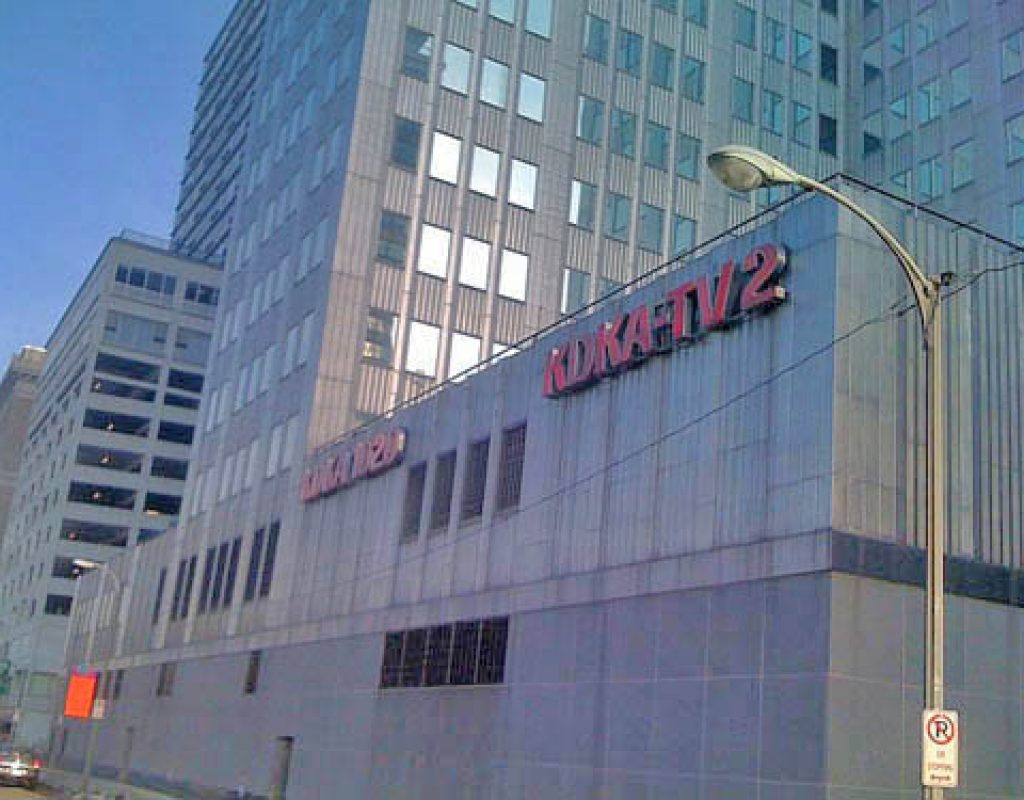Television has been with us since July 1, 1941. That is the day commercial television began with the American Federal Communications Commission (FCC) approving the first stations permitted to sell advertising. Of course, everything slowed down and in many cases came to a complete stop during World War II.
It didn’t take long after the war was officially declared over for TV license applications to begin showing up in the FCC’s mailbox. In those days after World War II, particularly in the Americas, there was a hunger to return normal. Before long, hundreds of the forms arrived with companies big and small wanting one of the very scarce number of allocated VHF channels. The FCC barely could keep up with the volume of applications.
Television would supply a diversion that was better than radio and movies. Unlike radio, you could see what was going on. Unlike movies, you could stay home to watch it. As television took off in markets where stations could be received, even if it was a snowy, grainy picture, sets started flying out of department stores. But before a national market could take advantage of that, TV stations needed to be built and put on the air.
Biggest of the yet untapped markets was Pittsburgh, Pennsylvania. In those early days, Pittsburgh would be the sixth largest behind New York, Chicago, Los Angeles, Philadelphia and Washington D.C. All of those cities already had multiple VHF affiliates on the air. In January of 1949, the struggling DuMont network lit up WDTV. DuMont was a small operation compared to CBS and NBC. At this point, they only had two stations – one in New York City and one in Washington, D.C. Pittsburgh would be their third (and most profitable) property.
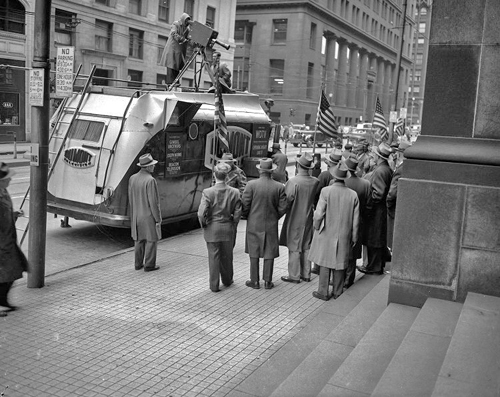
In the FCC’s original allocations the city had been assigned four VHF channels (channels 3, 6, 8 and 10). The new owned and operated station would transmit on channel 3. In addition, the surrounding areas around Pittsburgh (known as the tri-state area where portions of three states converge) were allocated one channel each – Johnstown (ch.13), Altoona (ch.9), Erie (ch.12), Youngstown (Ohio) (ch.13), Wheeling (West Virginia) (ch.12). The local owners of the Johnstown station were authorized to use channel 13 and would go on the air only nine months after WDTV. There was nothing above channel 13. UHF did not yet exist.
Just before the Pittsburgh station went on the air, the FCC instituted a “Freeze” on all additional television channels in the VHF band (channels 2-13). Some were beginning to interfere with each other. And it became woefully clear the 500 plus channels would not be enough. The Freeze began on September 30, 1948, well after the approval of the Pittsburgh station’s license and the building of the physical plant was underway. In fact, less than two months after the Freeze went into effect the station was transmitting a test pattern. The Freeze was intended to last around six months but due the combination of complex problems to solve and the Korean War, ended up being kept in effect almost four years.
There was much hoopla surrounding its commencement of WDTV’s operation. It became the occasion of the “Golden Spike” for television, taking the name from the joining of the east and west branches of the transcontinental railroad at Promontory Summit, Utah Territory in 1869.
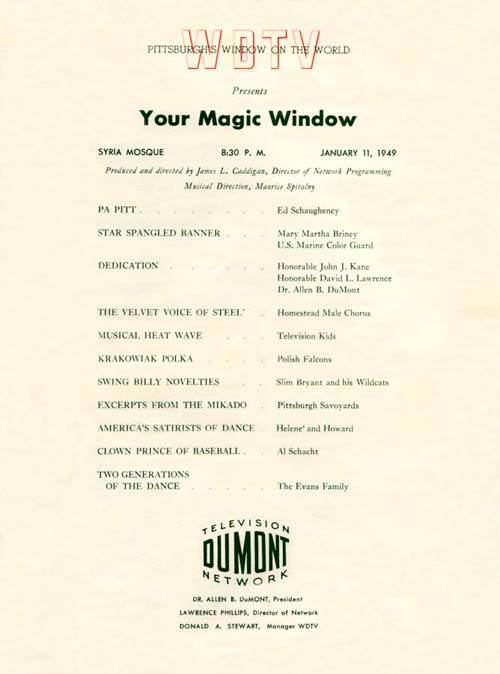
Just as Promontory Summit didn’t actually finish the job (Sacramento to Omaha hardly qualified as coast to coast), so, too, television’s Golden Spike only went so far. Yes, it did start in New York but in Pittsburgh it only linked up to include the Midwest (temporarily terminating in Saint Louis, Mo.). American Telephone and Telegraph (AT&T) still had a lot of territory to cover before they could start sending live pictures from New York all the way to the west coast.
The DuMont operation had virtually no competition. When the Johnstown station (WJAC) went on the air, it was in the fringe of WDTV’s viewing area in the Appalachian mountain range. Other applicants for stations would have to wait until the FCC could get a handle on the problems. In the meantime, WDTV kept the DuMont network on the air. According to Ted Bergman, president of the DuMont network, in Jeff Kisseloff’s book The Box, “Pittsburgh was terrific. It had a gross income of six million dollars and a net of four million dollars. It supported the network.”
While the FCC had several problems to consider, the most relevant to stations and their viewers was the lack of available channels and the interference. The Commission had predicted in 1945, “…the few available VHF channels were inadequate to provide a truly nationwide competitive TV service.” And the interference problems “had not been anticipated when TV broadcasting began,” Broadcasting Yearbook printed in its 1957 issue. Radio propagation in the forties was still an inexact science.
Once the FCC was satisfied on ways to deal with the issues it lifted the Freeze. A document named “The 6th Report and Order” was handed down on April 14th, 1952. The Commission dealt with the issues of color television, educational channel assignments and opening a new band of UHF channels for television to alleviate the “VHF only” problems. But the changes in engineering standards and the national assignment plan to prevent interference had the most immediate effect on stations already on the air.
The FCC created three geographic zones for the country providing for minimum separations for both VHF and UHF signals. The United State’s middle-east coast over to Illinois appeared in VHF Zone 1 with a few exceptions. This included the Pittsburgh station’s tri-state area. Due the presence of channel 3 allocations already on the air in Cleveland, Ohio, Philadelphia, Pennsylvania and Syracuse, New York, WDTV was going to have to change channels. On November 23rd, 1952, WDTV moved off channel 3 to channel 2 and has stayed there ever since.
Further, the FCC wanted to protect stations not yet on air and refused to grant Pittsburgh licenses long after the 6th Report and Order had come out. Because of the topography and the close proximity of major cities in the upper Ohio Valley it put those applications on hold.
On the same day WDTV went on the air, the Pittsburgh Sun Telegraph ran the story “Order by FCC Delays 3 Video Stations Here.” In the article the “persistent so-called freak conditions have brought signals into Pittsburgh from farther away then the FCC had originally estimated.” The Commission felt that grants of “the remaining channels in Pittsburgh may be assigned in such a way as to furnish interference-free reception throughout this district.”
Westinghouse Electric Corporation was headquartered in Pittsburgh. They were already sponsoring national shows that were getting noticed. “Westinghouse Studio One” on CBS television was contributing to the Golden Age of Television with live dramas like “The Laughmaker” and “Twelve Angry Men.” While WDTV cleared Studio One in Pittsburgh, the company grew impatient to have control of a VHF channel in their home market.
https://youtu.be/7DkI2I0W5i8
Westinghouse Radio Stations, Inc. was already an established entity that started with the historic launch of the country’s first commercial radio station, KDKA, in November of 1920. Within four years the company had licensed four additional radio stations. Westinghouse wanted more. Now they wanted to expand into television. Their first station was WBZ in Boston. To that they added KYW (formerly WPTZ), Philadelphia and KPIX, San Francisco.
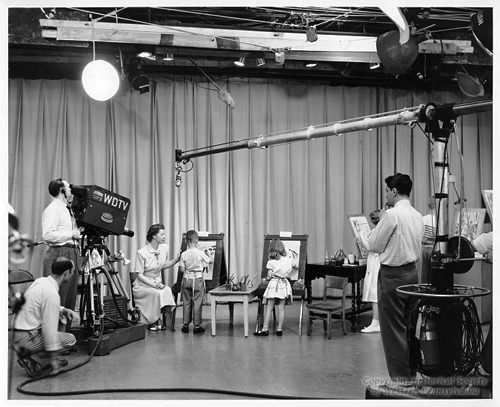
Before the freeze, Westinghouse felt getting the Pittsburgh channel 6 allocation was a going to be a sure thing. The FCC, however, had other ideas. In issuing its mandates to cities around Pittsburgh to be sure further interference wouldn’t be a factor, the Commission moved the Johnstown channel frequency from 13 (clearing the frequency for WQED, Pittsburgh’s educational channel) to 6.
Then after the freeze was lifted, Westinghouse competed with other hopeful applicants to get the channel 9 allocation the FCC had added to the Steubenville/Wheeling market moved into Pittsburgh market. The Commission would not budge and channel 9 (WSTV) along with channel 7 (WTRF) were permitted to go on the air.
From there, Westinghouse appealed to the FCC to allow the educational station that would become WQED to share time with Westinghouse since at the time, educational television only transmitted programming during the day and not in the evening or on the weekends. Again, Westinghouse was denied.
About this same time, the first two UHF stations, WENS and WKJF went on the air thanks to the new higher frequencies the commission had opened up. Unfortunately, all the TV’s sold during the period up to then were VHF channel 2-13 only. The UHF signal could only be successfully received with an expensive converter and a second antenna. And there was no guarantee, because of the mountainous topography of the area, there would be a signal to be received. The public largely ignored UHF. WKJF, after less than a year, failed. This was not unique to Pittsburgh. UHF stations were failing all over the country at an alarming rate for the same reasons.
Clarke Ingram is a DuMont network and UHF historian. He provided more specifics to the situation. “It wasn’t so much that the FCC refused to grant Pittsburgh licenses and/or wished to protect WDTV’s operation, but rather that the two other commercial VHF channels in Pittsburgh (4 and 11) were tied up in competitive hearings and litigation for years. Once the issues were settled, the licenses were granted. (WENS, in particular, was very nettlesome to the grantee of channel 11, and finally had to be paid to go away.)”
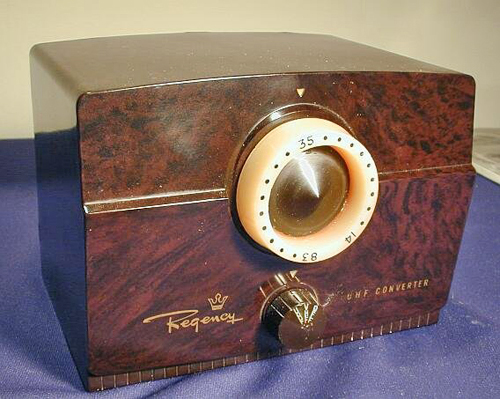
Once again, WDTV was left alone in the marketplace. WENS stayed on air but didn’t have a large audience. If you lived far enough to the northeast, you could get the Johnstown station or to the southwest the two new stations from the Steubenville/Wheeling market. They did provide an alternative but back in those days everyone’s antenna was pointed the other direction – toward Pittsburgh. Some homeowners installed another expensive extra – the antenna rotation remote control.
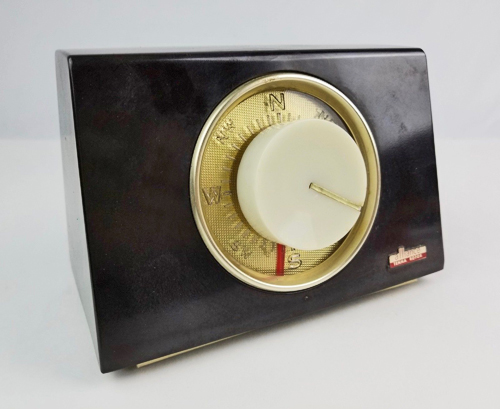
The FCC was now looking at the other VHF applications. Westinghouse was involved with the application process for channel 11. There were rumors that DuMont was having financial problems. Paramount Studios who had stock in DuMont had vetoed a merger with the ABC television network. A merger with ABC-TV would allow both companies to draw on their strengths. For ABC-TV, the DuMont television manufacturing business and for DuMont, the ABC radio affiliates. When the merger was voted down, DuMont was looking for an influx of cash and WDTV might have to be the source..
Quickly, the two companies met and came to an agreement. The asking amount was staggering for the time. During those early years, stations were bought and sold fairly routinely as the market went through its growing pains. But this one was for the record books. Westinghouse agreed to pay DuMont $9.75 million (almost $92 million dollars in today’s dollars). Needless to say, it was assumed the channel 11 efforts would be dropped in the face the news of the WDTV purchase.
On January 10, 1955 Westinghouse took over the DuMont property. A couple weeks later, on January 31, 1955, the legendary channel 2 local newscaster, Bill Burns, made it official changing the call letters from WDTV to KDKA-TV promptly at 12 noon.
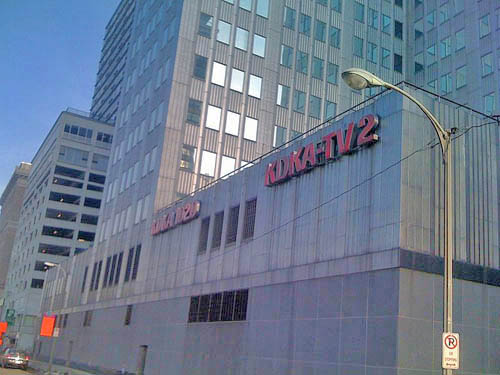
After the change in 1956, KDKA-TV moved into the Gateway Center in downtown Pittsburgh. They had started with no studio at the beginning then moved into the Chamber of Commerce building. When they moved to Gateway Center, it was taken over by KQV Radio just as the rock and roll era was beginning. The new building is near where the Monongahela and the Allegheny rivers meet to form the Ohio in an area named Point State Park.
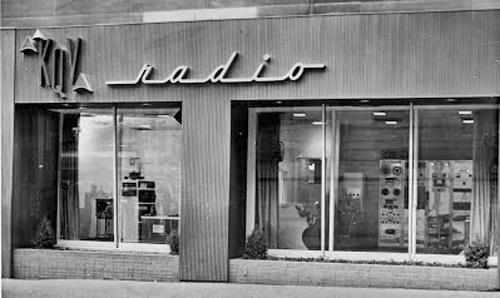
But WDTV (now KDKA-TV) continued on without any competition until 1957 when at last the FCC awarded Pittsburgh’s second VHF station license to the Pittsburgh Post Gazette and gave it the call letters WIIC and affiliated with NBC. A year later, Hearst Corporation received the third VHF assignment with the call letters WTAE and affiliated with ABC.
As for the UHF stations, WENS held on the longest but in 1955, only about two months after the WDTV purchase by Westinghouse, a freak storm with high winds blew through the area and brought down their transmission tower. They tried to get back on the air through cooperative transmission arrangements with WQED, the educational outlet’s transmission facilities. Ingram added, “They [WENS] did return to the air, using a shorter tower. They limped along until August 1957, signing off the on the day before channel 11 signed on.”
Some closing post scripts to the story of KDKA-TV. That same storm that brought down the WENS tower also twisted the KDKA-TV tower to the point it had to be replaced. All that remains today is the first 160 feet of the free standing tower. The station continues to press it into use for other services as you can see from the picture.
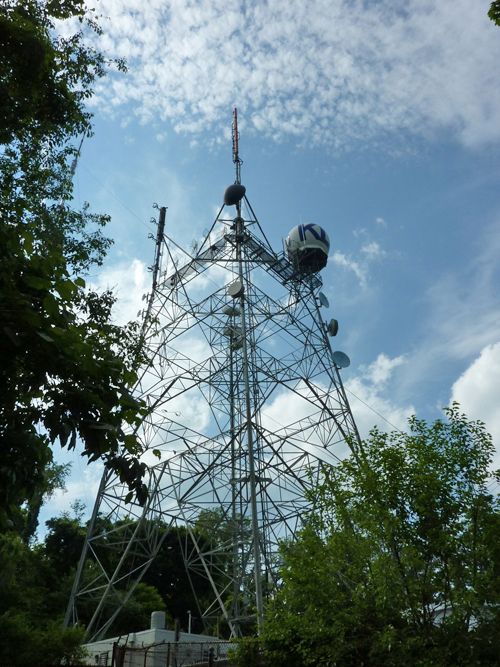
Another part of the postscript is that within two years after the consummation of the sale of WDTV to Westinghouse, DuMont closed its doors for good and became a footnote in the growth of television in the U.S.
Westinghouse’s relationship with NBC went downhill over a deal to swap the Cleveland and Philadelphia stations. After the FCC got involved, KDKA-TV became CBS primary affiliate. In 1996, Westinghouse acquired CBS and KDKA-TV again became an owned and operated station, this time for its successful parent company, Westinghouse.

Filmtools
Filmmakers go-to destination for pre-production, production & post production equipment!
Shop Now